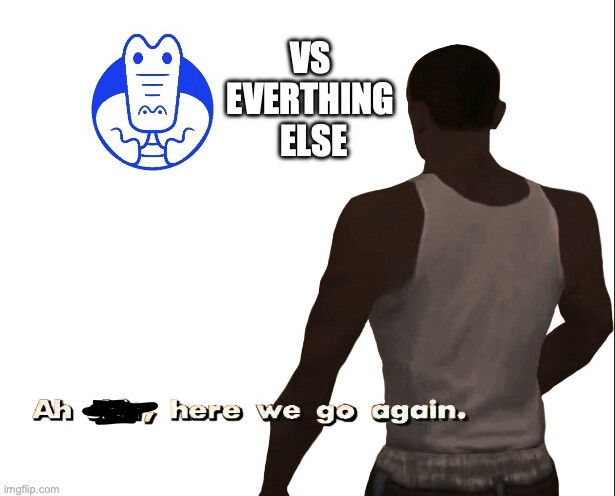It’s been said before but it’s not necessarily a matter of “Anki or Wanikani”, but rather “Anki or Wanikani or both or …” because there’s various platforms you could use and you could easily benefit from a very individual combination of any of the existing platforms and materials.
I think it’s a good idea to give the platforms & methods you consider an option a genuine try to see how they work out for you and based on that decide which you’ll keep around and which you might adapt, drop or replace. That’s what I did and as much as it feels like wasting time, I think in the long run it helped me to find what works for me first and then focus on that.
Personal experience:
As for Anki and Wanikani specifically, I used both of them. WaniKani for over half a year, I think? I believe I got to level 24 or so before I ended up quitting. As for Anki, I used that one for about two months.
With Wanikani, minor inconveniences just kept piling up until I really just dreaded using it, so I ended up quitting. I grew more and more frustrated with Wanikani practically dictating your pace instead of letting you freely decide (and adapt) it as it suits you.
With Anki, I really liked it (I’m a sucker for extremely simple things that aren’t too bloated with features I don’t really care about - like gamification, long-winded animations, etc. - Anki leaves me alone with all of that) but I didn’t really find decks that I was really happy with and didn’t want to put effort into making my own. Partially because I’m lazy, but mostly it’s because I only really want to spend as much time “studying” vocabulary as I really need to anyway. Once I reach a point at which I can understand most of the stuff I read, figure out unknown words by mere context, only having to look up things very occasionally, I’ll quit actively studying. I’m not exactly close to that point yet for the most part, so it’s best I still hammer some more useful vocab into my head - is what I think, anyway. So with that in mind, I don’t really want to put effort into setting things up that would be worth it for longterm, when I don’t really expect myself to stick to them for that long anyway, and when there’s other options I could use instead.
For example, I’m currently using JPDB and I think it’s my favourite so far. I wouldn’t say I’m 100% happy with it either, but it’s decent enough to keep me going. For Kanji I use the Kanji Study! app on android, though and that’s honestly the one thing I think I could say I’m pretty much completely satisfied with.
I also tried Renshuu and in terms of content I liked it, but it fell into the category of seeming too bloated with stuff I don’t want nor care about and I don’t really want to have to navigate through all that stuff, see which things I want to keep up with, which don’t matter to me, how to get them out of my sight, etc.
I took a look at Kanshudo as well, but it was pretty much the same there.
I’m also using Japanese.io on the side as a “reading assistant”, which is quite nice.
As for grammar, I use Bunpro (obviously, given that I’m here lol) and Tae Kim’s Guide. I’m reading that one completely separately from Bunpro, not following the guide’s path in Bunpro or anything like that, though.
It’s kinda obvious that for me personally, I prefer using multiple rather specialised platforms for each’s specific purpose rather than having an all-in-one solution. But that doesn’t apply to everyone, and all-in-one solutions absolutely have their fans, and rightfully so.
Either way, no matter which path(s) you take to learn kanji/vocab, actually consuming Japanese media to encounter the stuff you learn in a natural way is the core part to get better, I think, so any way that enables you to do just that works, so try ones that seem interesting and see what works for you 


 % recommend it better than Anki or any other system!
% recommend it better than Anki or any other system!